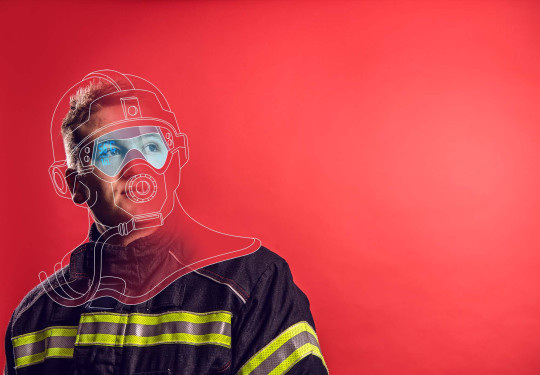Hot under the collar
Recently we asked the future leaders of the Air Force what they thought their jobs would look like in 20 years. Take a look at what Leading Aircraftman Matthew Anderson said the fire service would be facing in 20 years.
18 February, 2022
An increase of bases and personnel to combat the effects of extreme temperatures as a result of climate change could be on the cards for Air Force firefighters, Leading Aircraftman Matthew Anderson says.
“We’re going to need more people so we can fulfil more deployments domestically and internationally. It’s important that if we’re needed to deploy firefighters we can still support military flying at all three bases and keep our commitments to Marlborough Airport and Op Alternate at Base Ohakea.”
There will probably be more deployments to places like Australia, which is already seeing an increase in devastating fires, such as in the summer of 2020, which burned more than 18.5 million hectares, Leading Aircraftman (LAC) Anderson said.
“That’s where the extra trade numbers will come in handy and recruiting will be really important over the next few years.”
Manning and retention is an issue that the fire trade is dealing with on a daily basis.
With the fire seasons becoming longer and more intense the Air Force will need to look at future-proofing the trade so it can protect Defence Force personnel and assets.
Climate change will not only bring on more extreme temperatures, but it will be interesting to see how it affects the local water supply and how much will be available to support firefighting operations, he said.
“We don’t have a huge supply of the type of fire retardant that is dropped from aircraft in New Zealand, but that might be something that will need to change if we start to experience frequent large fires.”
- Leading Aircraftman Matthew Anderson
However, while signs are pointing to more deployments, the world may also face continued challenges such as further pandemics, which will make travel overseas difficult, LAC Anderson said.
“That could also affect New Zealand if firefighters are unable to travel here to help if there is a catastrophic fire in somewhere like the South Island, which can get very dry over summer.
“Climate change seems to be bringing with it longer fire seasons for places like Australia and the United States. We are starting to experience the same type of weather conditions that have fuelled the fire overseas, here in New Zealand.”
In the future the Defence Force’s ability to train throughout the year could be impacted with the heightened threat of fire in Defence training areas, LAC Anderson said.
“With longer fire seasons, it will be harder for vegetation as we know it to regrow. This will impact New Zealand’s native fauna and flora and endanger native animals and their habitats.”
- Leading Aircraftman Matthew Anderson
The rural firefighting gear the unit wears now is always being improved, with the latest change moving away from overalls and to more breathable trousers and tops.
“We are always looking at better boots and helmets – they are always an ongoing development. The helmets we have are already quite lightweight, but visors are always improving. We are always looking at ways to improve safety for our firefighters when responding to an incident.”
As well as the rural aspect, Air Force firefighters might be called on to help Fire and Emergency New Zealand (FENZ) in more urban settings, LAC Anderson said.
“Our goal is also to help FENZ more in the future and help with more day-to-day emergencies, such as house fires and vehicle crashes. It will be good, because it’s what I signed up for, to be able to help and support my community.”
